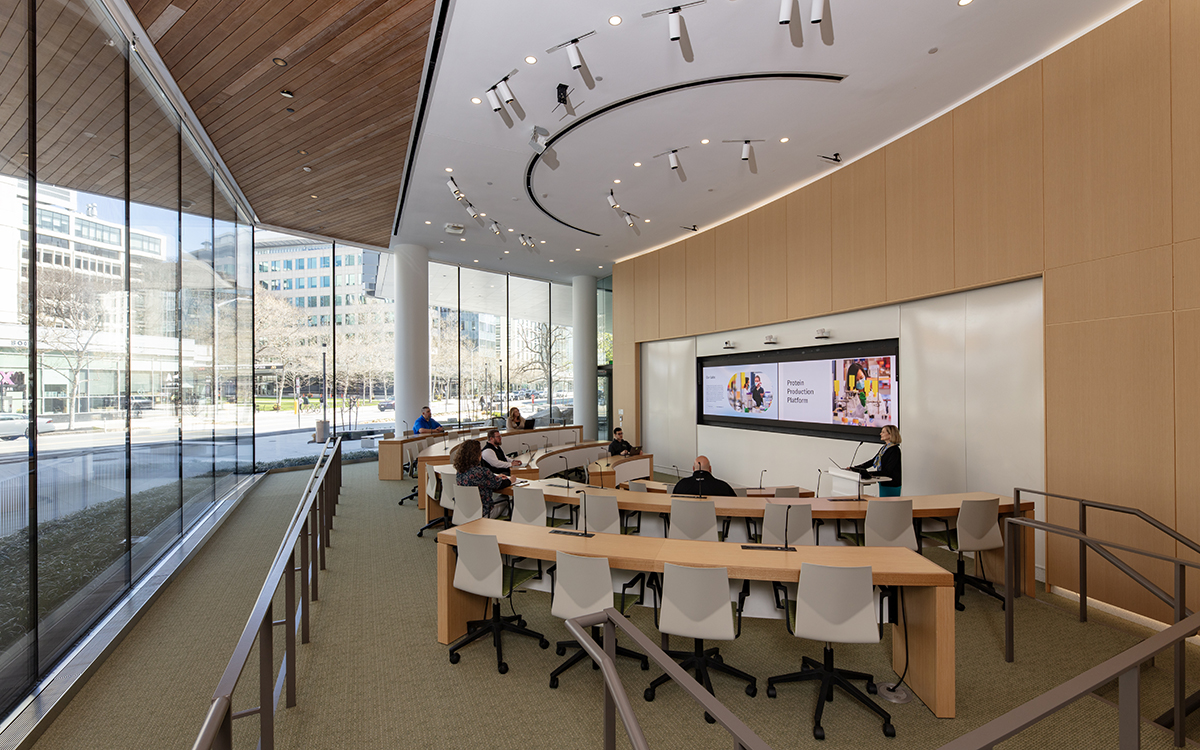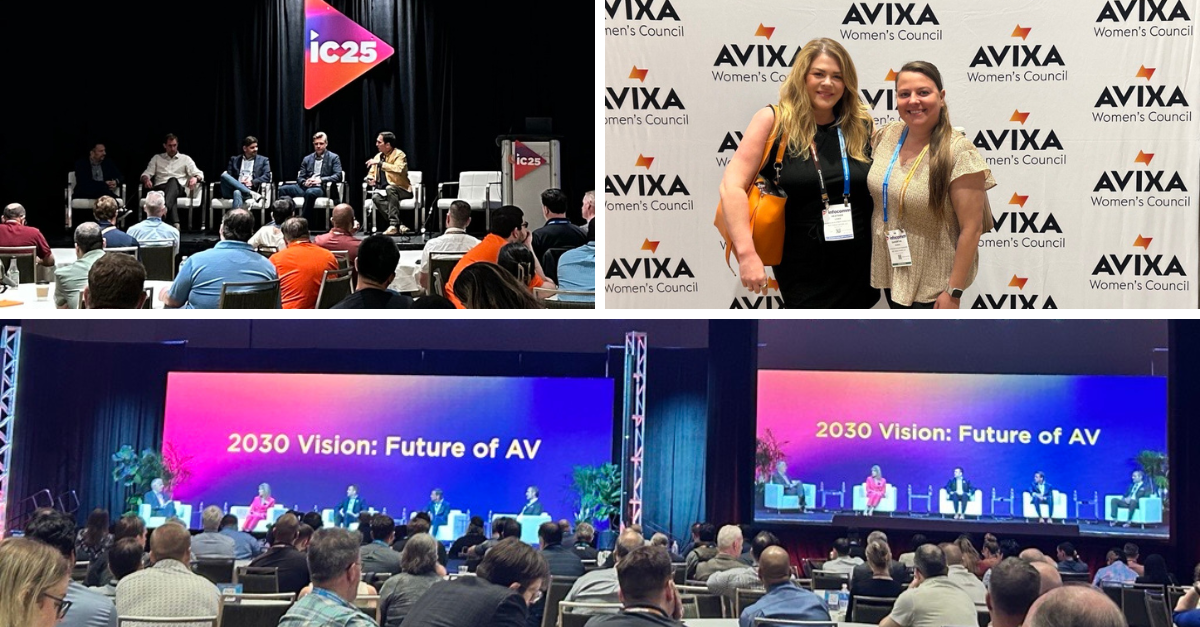Healthcare design is focused on creating spaces that prioritize the human experience. The pandemic has taken a heavy toll on healthcare workers, patients, and caregivers, further exacerbating the stress, burnout, exhaustion, and trauma already present in the field. However, healthcare design has the potential to foster a new culture of wellbeing, providing a sense of safety, comfort, and belonging within healthcare organizations.
Designing for the human factor in healthcare spaces is essential for improving the environment for both patients and staff. Thoughtful design can address not only functionality and safety but also emotional and psychological wellbeing.
Understanding Healthcare Design Nuances
Healthcare spaces require a high level of attention to detail, often involving more complex design challenges than other sectors. From ensuring corridors are wide enough for stretchers to considering infection control and ergonomic furniture requirements, healthcare design must adhere to strict standards. Beyond these technical specifications, it’s also crucial to consider comfort, healing, and efficiency, all while meeting the needs of a diverse group of users including patients, staff, and families.
Healthcare furniture design, for example, includes details such as denser foam for seating, higher seat heights, and casework that prevents dust accumulation. When you think interior design furnishings, most people think hotels or beautiful law firms. But healthcare design can be just as stunning – it just needs to conform to stricter rules to keep patients, families, and staff as safe as possible 24 hours a day, 7 days a week.

What is healthcare design assist?
Healthcare design assist is all about collaborating with architecture and design partners early in the design phase prior to a project going out to bid. It helps lower costs by establishing realistic furniture budgets earlier in the design process based on the most current project data. As we work in partnership with the team to plan early on, we also help minimize revisions and change orders. We can also eliminate the time-consuming bid process of preparing, receiving, and analyzing bid responses to choose the right partner and solution. Since we use the latest design software, including Revit, Sketch Up, CET Designer, and AutoCAD, design and communication is streamlined and fluid. Lastly, because we can source from hundreds of vendors, we’re able to furnish projects to meet any budget or design specification.

Key Trends in Healthcare Design
People just spent two years standing 6ft apart, wearing masks, and have been unable to visit loved ones at hospital; now they’re coming out of the pandemic with different expectations on what is needed. People are craving a new experience that feels more welcoming, comforting, and extremely clean. In response to this trend, we’re excited about our new partnership with Moduform, a behavior health furniture manufacturer based in Massachusetts.
Our parent company Steelcase has also done a great job at responding to the rise of healthcare hospitality with the newly launched West Elm for Health collection. The entire healthcare community can now enjoy several West Elm furniture pieces designed to uphold specific healthcare standards like appropriate recline, metal legs, crumb sweep, and high-performance fabrics. These pieces meet essential healthcare standards while enhancing the patient experience.

Exploring Healthcare Design
If you’re looking for inspiration or guidance on designing healthcare environments, we’re here to help. Whether it’s arranging a virtual tour of a healthcare showroom or discussing the latest trends in healthcare design, we are passionate about helping create spaces that support the well-being of those who use them. Let’s connect and explore how thoughtful design can make a meaningful impact in healthcare settings.






